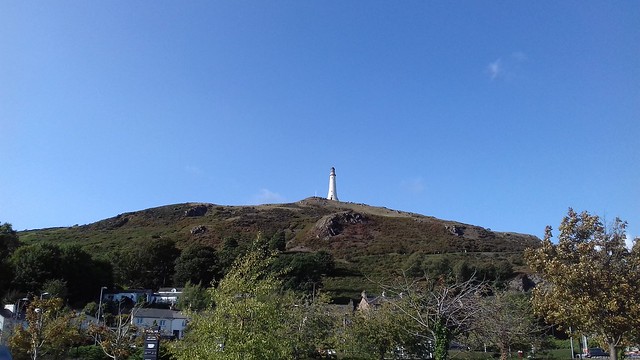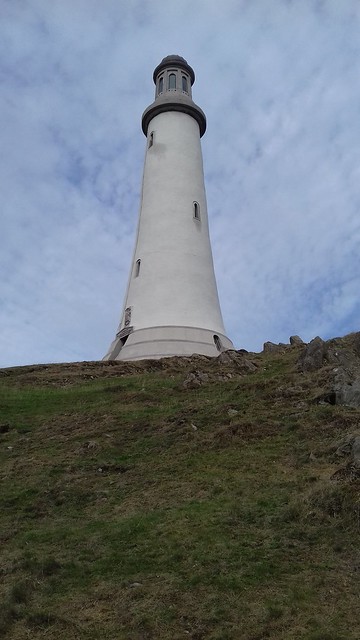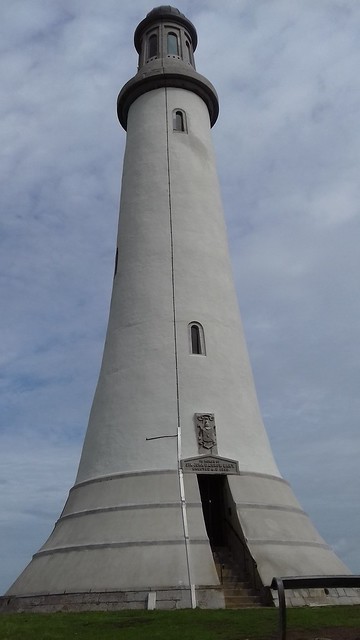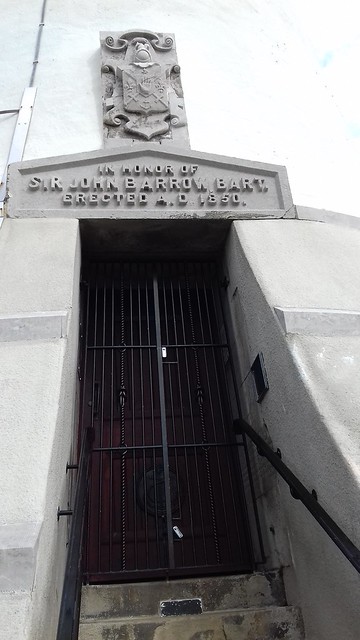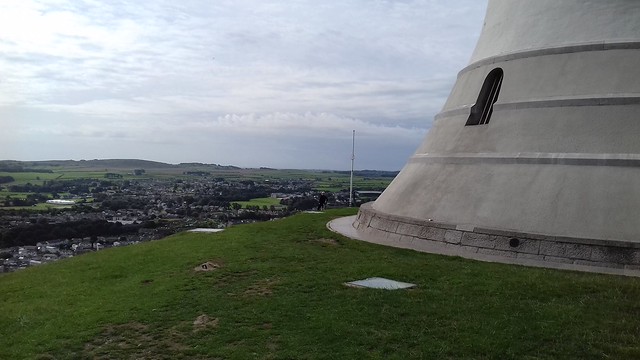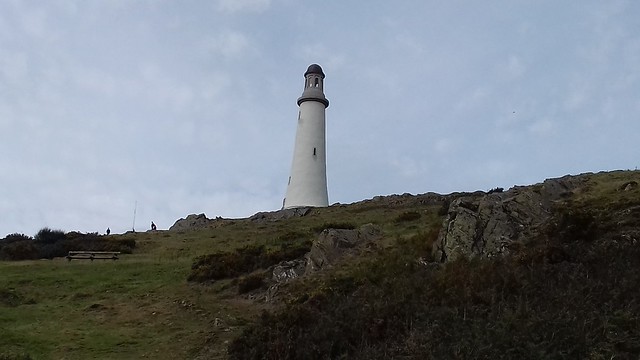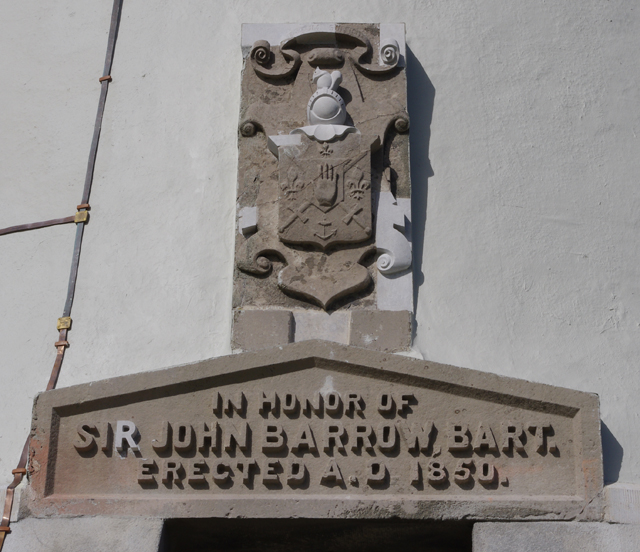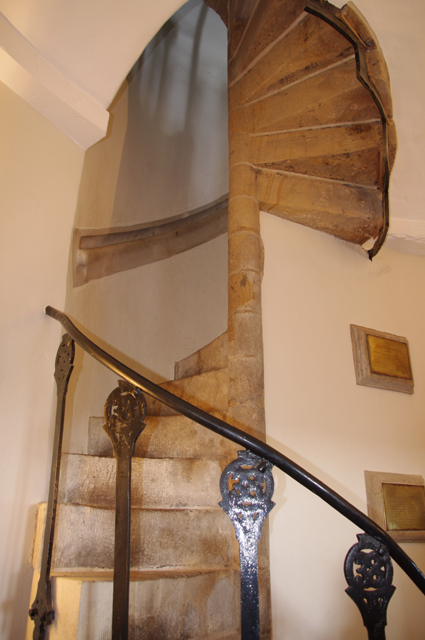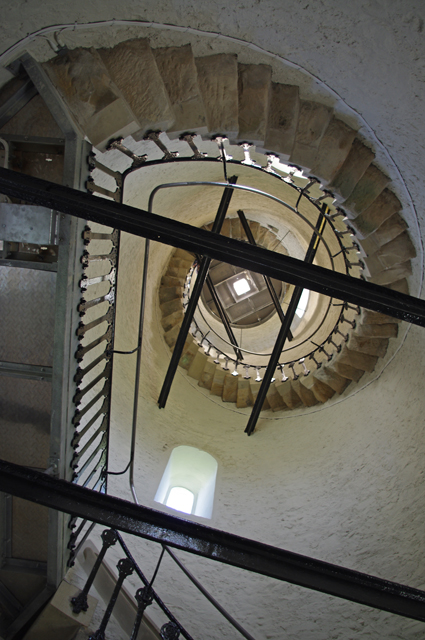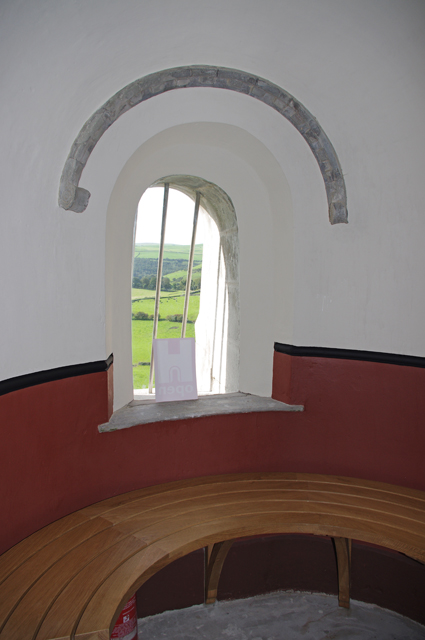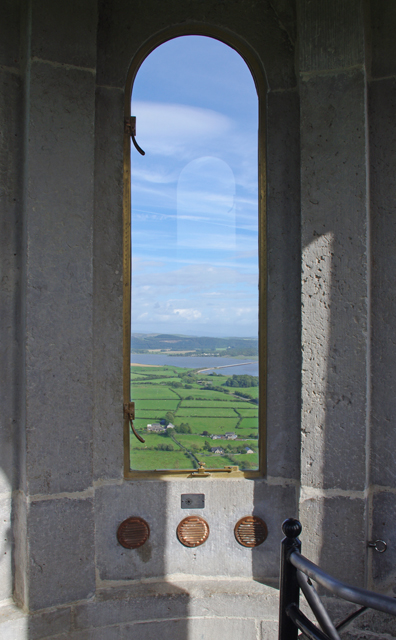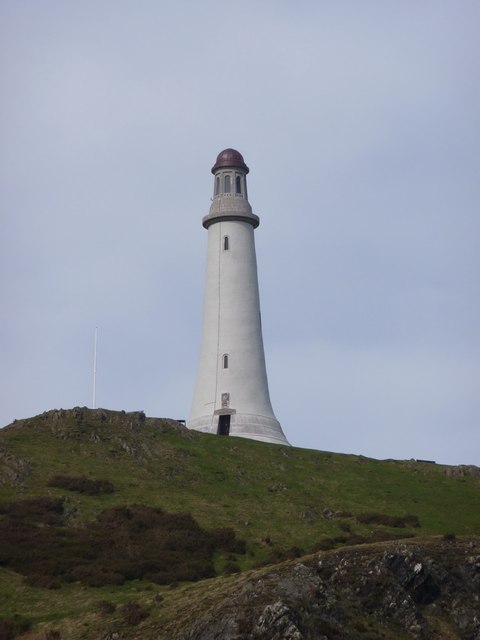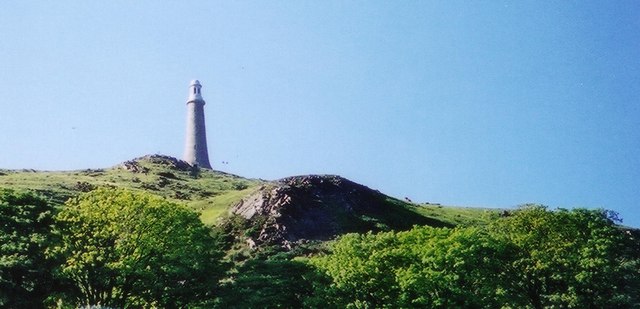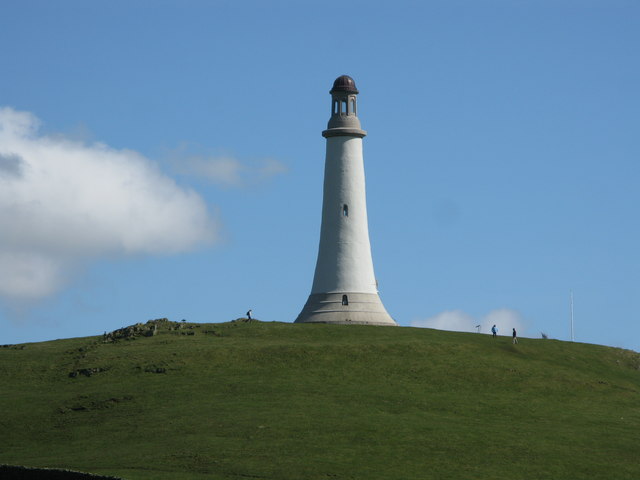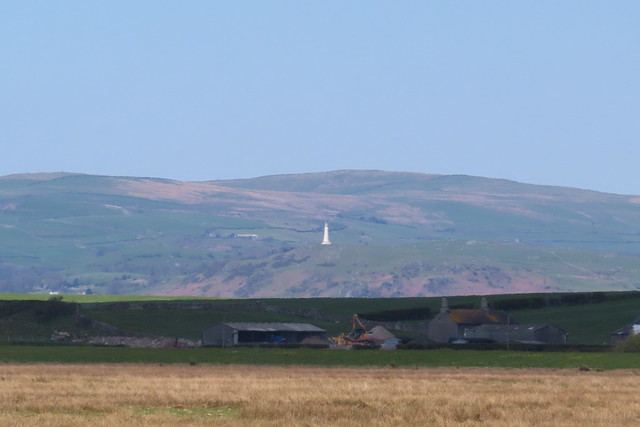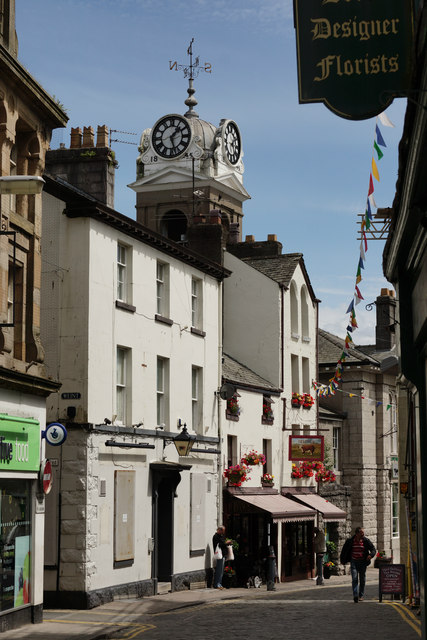Topics > Cumbria > Ulverston > Barrow Monument
Barrow Monument
The Sir John Barrow Monument on Hoad Hill, Ulverston, was built from 1850 to 1851. The monument is Grade II* listed on the National Heritage List for England.
Hoad Monument (proper name: the Sir John Barrow Monument) is a 100 ft (30.5 m) tower at the top of Hoad Hill (436 ft/133 m), to the north-east of Ulverston in the Furness area of north-west England. Paid for mainly by public subscription, the monument was erected in 1850 at a cost of £1250. It commemorates Sir John Barrow who was born in Ulverston in 1764. Sir John was a founder member of the Royal Geographical Society, and held various government posts in the 19th century becoming the Second Secretary to the Admiralty.
The monument is not a lighthouse: it has never had a functional light. However, it was designed to resemble one, and is similar to the Third Eddystone Lighthouse (Smeaton's Tower). It is a Grade II* listed building, meaning that it is of more than local interest, and the monument stands as one of the iconic symbols of the Northwest of England.
It is built of limestone quarried locally at Birkrigg Common. Due to its elevated and exposed position, it is one of the most prominent landmarks in Cumbria. The hollow tower can be ascended via a spiral stone staircase of 112 steps. At the top, eight apertures provide a 360-degree panorama of the Furness Peninsula, Morecambe Bay and the southern Lake District. In recent times the formerly open apertures have been glazed.
Sometimes simply known as "Hoad", the tower is also occasionally referred to as "the pepper pot". This epithet was famously used by Lord Haw-Haw during one of his propaganda broadcasts of World War II when he warned the residents of Ulverston that the German Air Force would bomb their pepper pot.
Hoad Monument is normally open during the summer months when a flag is flying outside the monument. Ulverston Towns Lands Trust owns both the monument and Hoad Hill.
Restoration
In 2009/2010 the monument underwent a £1.2 million restoration. The majority of funding came in the form of a £891,000 grant from the Heritage Lottery Fund with the Friends of the Sir John Barrow Monument collecting grants and donations for the rest.
The restoration included a series of structural improvements to make the monument watertight, the most noticeable of these being the addition of a copper roof covering the stone dome, which was itself removed and rebuilt.
The official reopening was on Sunday 22 August 2010 and was marked by a gala at Ford Park, barn dance and firework display.
Visit the page: Hoad Monument for references and further details. You can contribute to this article on Wikipedia.

from https://historicengland.org.u…
BARROW MONUMENT - Ulverston - List Entry
- "Seamark and monument to Sir John Barrow. 1850. Designed by Mr Andrew Trimen. Limestone ashlar (from Birkrigg Quarry), with shaft now rendered. Built to resemble a lighthouse, over 30m high …
Added by
Simon Cotterill
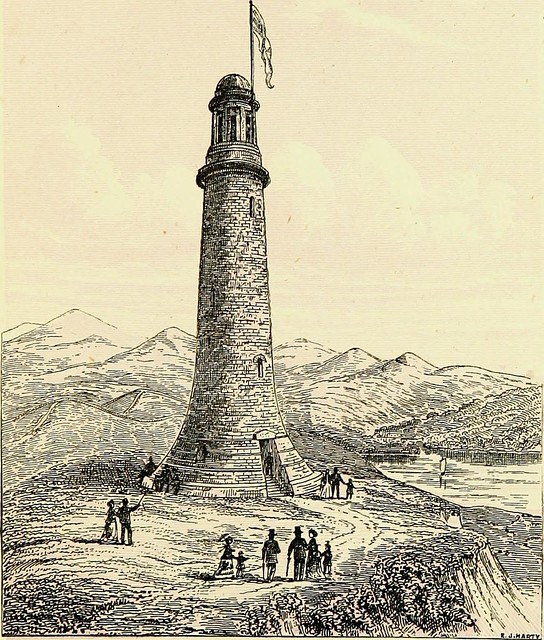
from Flickr (flickr)
Image from page 39 of "The tourist's picturesque guide to Furness Abbey and Windemere district .." (1872)
Pinned by Simon Cotterill


from https://historicengland.org.u…
BARROW MONUMENT - Ulverston - List Entry
- "Seamark and monument to Sir John Barrow. 1850. Designed by Mr Andrew Trimen. Limestone ashlar (from Birkrigg Quarry), with shaft now rendered. Built to resemble a lighthouse, over 30m high …
Added by
Simon Cotterill

from Flickr (flickr)
Image from page 39 of "The tourist's picturesque guide to Furness Abbey and Windemere district .." (1872)
Pinned by Simon Cotterill
